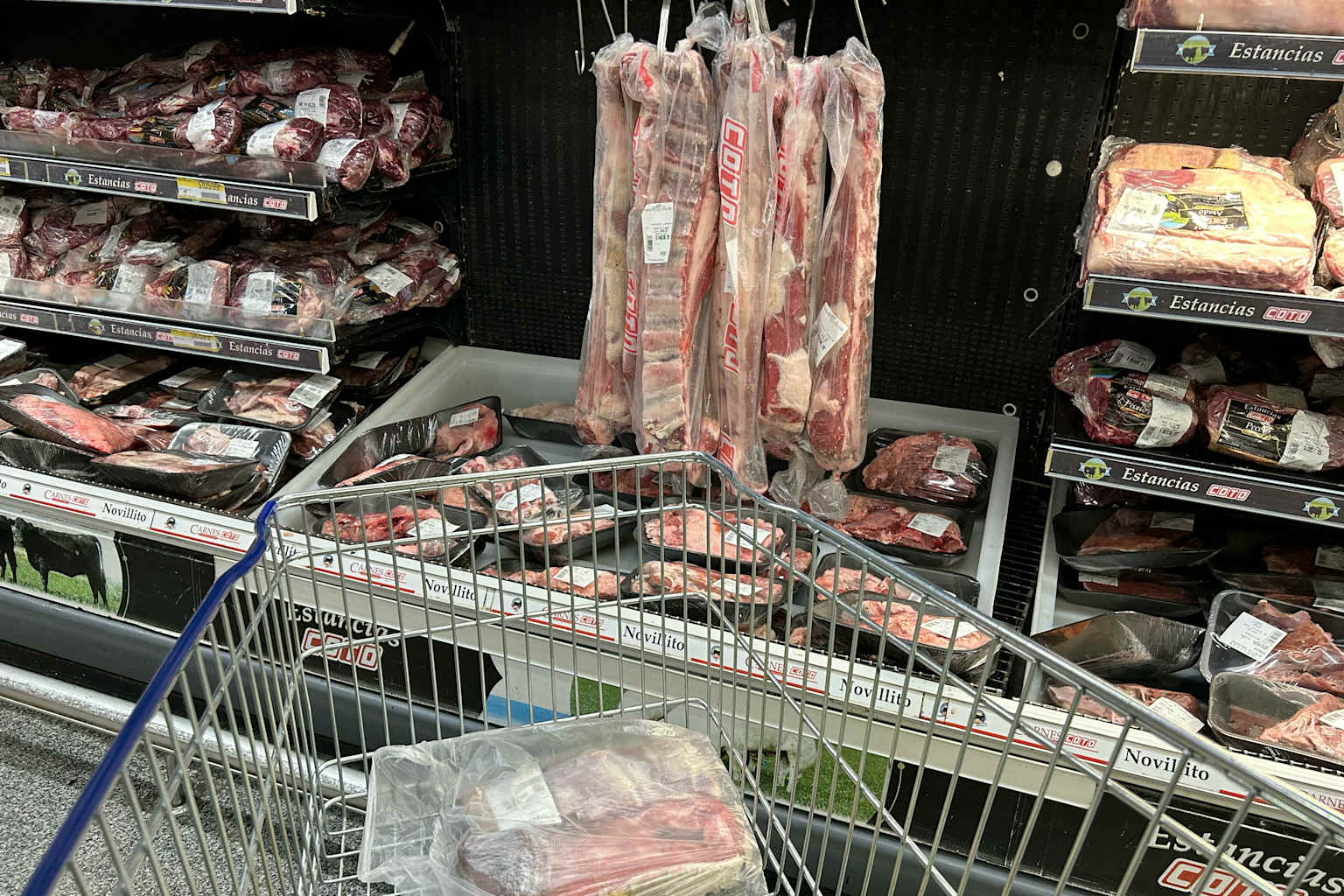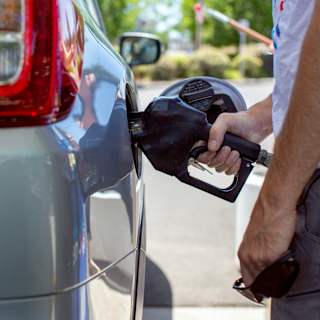- Beef Drives Higher Costs
- Mixed Regional Picture
- Farmers Feel Squeeze Too
Americans planning Fourth of July cookouts this year will find grocery bills remain stubbornly high, with the cost of feeding 10 people reaching $70.92, down just 30 cents from last year's record, according to the American Farm Bureau Federation's annual survey released this week.
At $7.09 per person, 2025 marks the second-highest cost since the organization began tracking barbecue expenses in 2013, underscoring how inflation continues to squeeze household budgets even as overall price increases have moderated from pandemic-era peaks.

Ground beef remains the primary culprit behind elevated cookout expenses, with two pounds now costing $13.33, up 4.4% from last year and representing the highest price ever recorded in the survey12. Persistent drought conditions have shrunk the nation's cattle herd to historic lows, tightening beef supplies while consumer demand remains steady13.
"Beef supply, especially the fresh product Americans like to grill, is mostly domestic," said Lance Zimmerman, senior beef analyst for Rabobank3. "Prices are up, but the reasons include a continued strong demand for beef despite economic concerns coupled with a years-long downward trend in supply."
Other items seeing price increases include pork and beans, up 20 cents to $2.69, and potato salad ingredients, rising 6.6% to $3.5424. Steel and aluminum tariffs have affected canned goods costs, while elevated egg prices continue to impact potato salad despite recovery from earlier avian influenza outbreaks25.
Not all surveys paint the same picture. Wells Fargo's analysis found cookout costs reached $130 for 10 people, up 2.2% from last year1. Indiana Farm Bureau reported a steeper 5% increase, with costs hitting $71.492. Meanwhile, some items have become cheaper, including pork chops, down 8.8% to $14.13, and hamburger buns, declining 2.6% to $2.3534.
The price variations reflect increased pork supplies and reduced potato demand, along with wheat prices remaining well below record highs from three years ago53.
Despite higher grocery prices, farmers receive just 15% of each retail food dollar, according to the Farm Bureau123. "Farmers are price takers, not price makers," said AFBF associate economist Samantha Ayoub13. "The cost of running their farm is up, from labor and transportation, to taxes."
The elevated costs come as consumer enthusiasm for Independence Day celebrations appears to be waning, with only one-third of Americans planning to celebrate the holiday, according to a Coupon Follow survey4.



